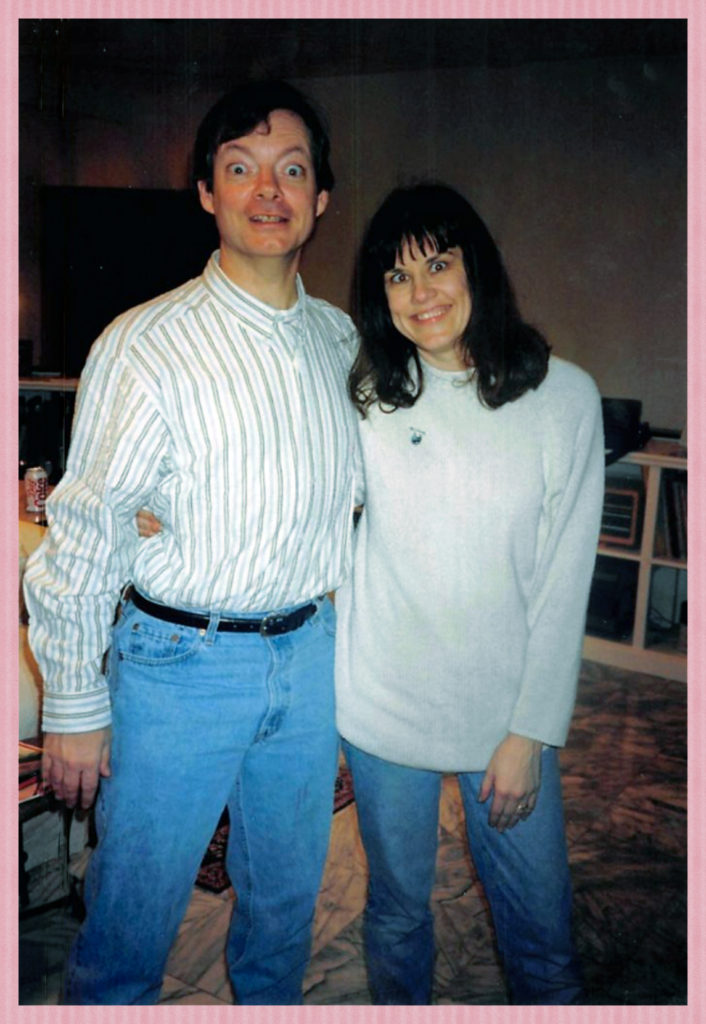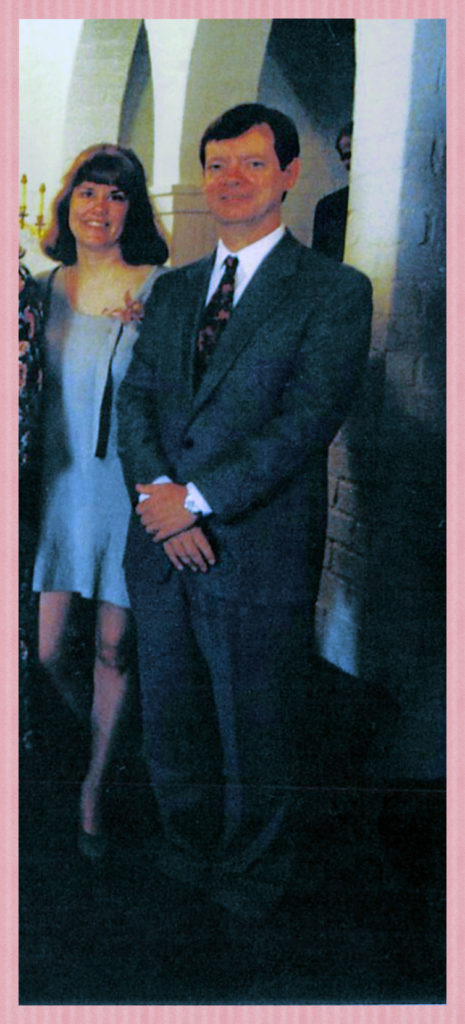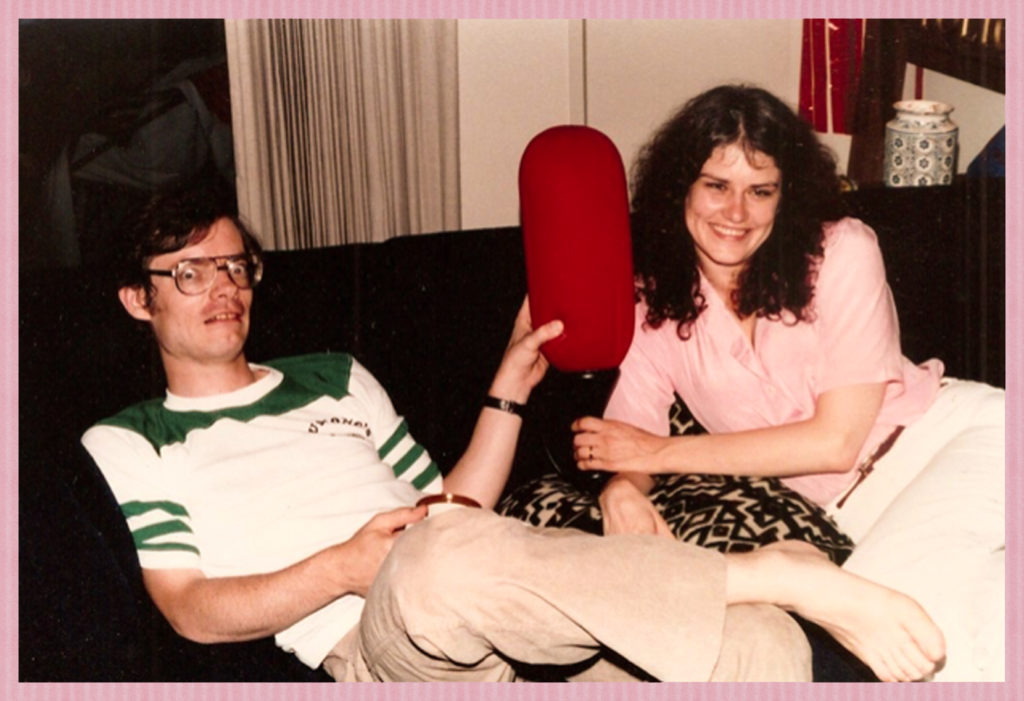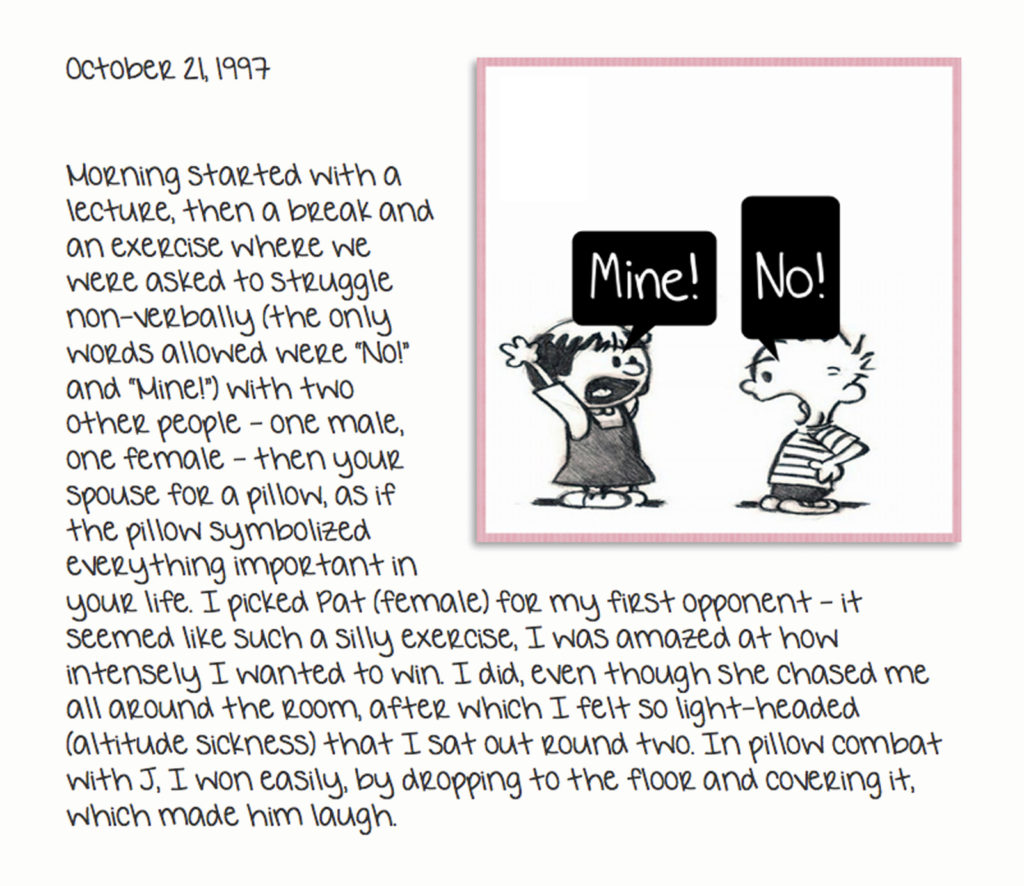I’m a sucker for self-help books. The hope that a solution to my problems awaits within a book is irresistible. Eternally optimistic, I reach for the latest release even though none of the previous hundred tomes told me anything new. I already know what I “should” do in most situations. The trick is making myself do it. I tend to procrastinate, delay, hoping a third option will appear and allow me have my cake, save it and eat it too.

In 1997, I bought Passionate Marriage by David Schnarch, the best self-help book I’ve read. Schnarch posits in every couple there’s a High Desire partner and a Low Desire partner. The Low Desire partner runs the show because he/she controls supply and demand. Over the years, partners may switch places but there will always be a High and a Low. Desire won’t be stable and equal until they’re buried together.

Scharch’s ideas are ground-breaking and challenging, not for the faint of heart. I recommended J read it and we both devoured Scharch’s earlier, more academic book – the Sexual Crucible. I’ve reread portions of both books countless times since then because the content is deep and real. He states out loud things most people are too afraid or uncomfortable to think. Passionate Marriage is aimed at long-term couples in gridlock but anyone who wants to keep excitement and passion alive without sacrificing security can benefit.

That’s how J and I found ourselves in Colorado, participating with seven other couples in an intense marriage workshop led by Schnarch and his wife Ruth. The above entry was written early in a week rich with insights and breakthroughs. If you’re a self-help junkie like me, check it out. I haven’t come across anything better.

Comments (0)